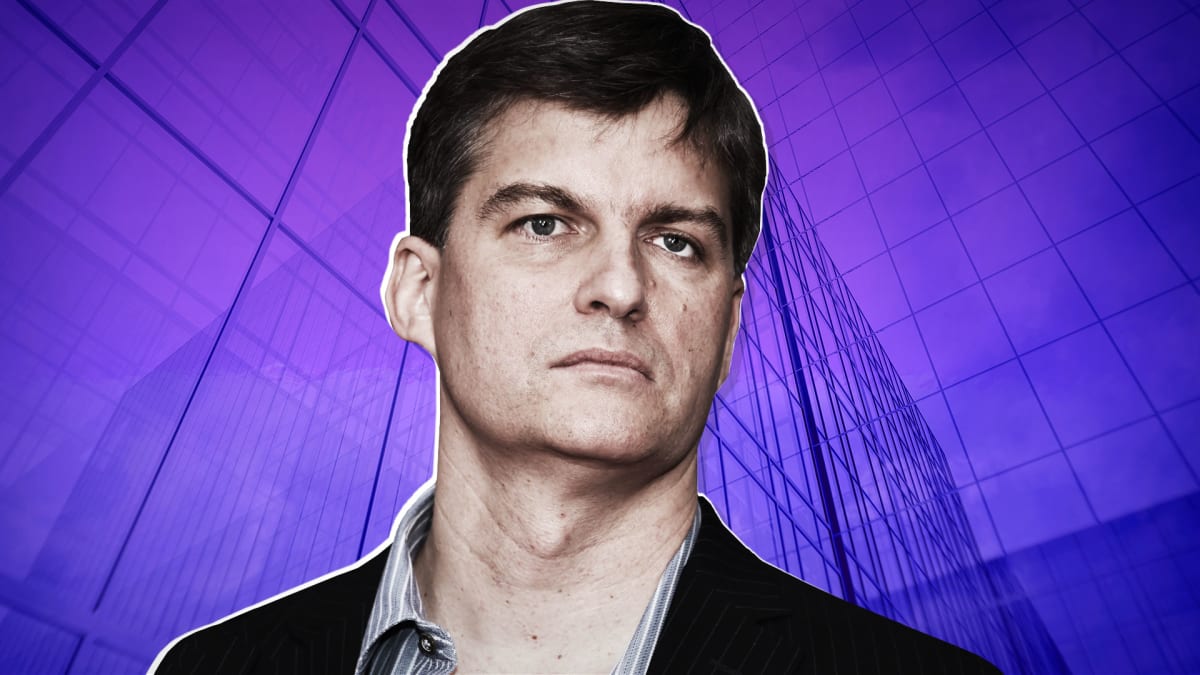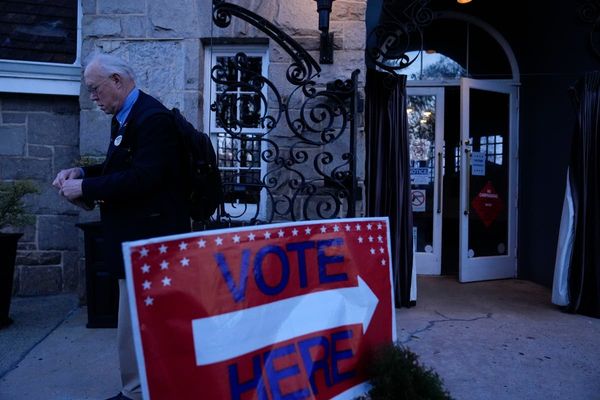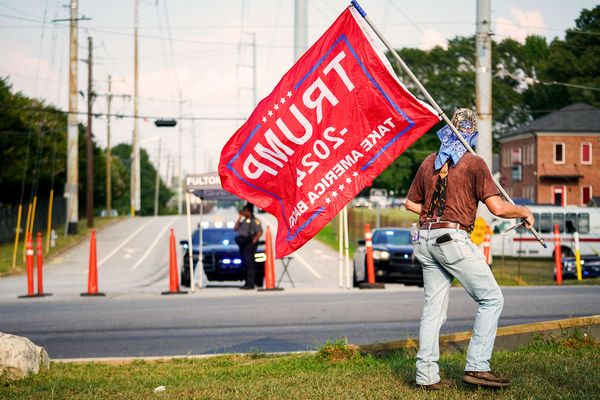
The message surprised more than one investor.
It came in one word on Jan, 31.
Its author is Michael Burry, the founder of the hedge fund Scion Asset Management. Burry is known for his bet on the collapse of the U.S. housing market, which led to the 2008 financial crisis.
This financial debacle made Burry a legend. It made him an example to follow in defiance of standard practices in finance.
The 2015 film "The Big Short" describes how the investor, who had no particular expertise in finance and real estate, came to understand that the sector had become a sandcastle. Financiers and bankers had created exotic products based on mortgages issued to financially fragile households and borrowers with poor credit.
He decided to bet that the subprime-mortgage market would collapse -- hence the name "Big Short." History proved him right. The move made Burry something of a Wall Street oracle.
He embraced this role, judging by his Twitter handle, which is Cassandra B.C. For traders and risk takers, he is a kind of party spoiler.
The Cryptic Message: 'Sell'
In recent months he'd warned of a white-collar recession. And he was proved correct.
After the tech sector boomed during the two-year covid-19 lockdown, tech companies last year cut nearly 100,000 jobs to adjust to new economic conditions.
The waves of job cuts continued at the start of 2023, with 10,000 at Microsoft and 12,000 at Google. In all, the tech sector has eliminated 85,207 jobs since January, according to data firm Layoffs.fyi.
Burry also recently made a dire prediction, that the U.S. economy would fall into recession this year regardless of how the word recession is defined. Economists anticipate a recession, but some of them say that it will not be too severe.
Which brings us back to the message that Burry has just sent to investors, a message in line with his pessimism at the start of the year.
"Sell," wrote the financier on Jan. 31 on his Twitter account. He didn't say anything more. The investor is accustomed to cryptic messages.
Burry also deleted his account, leaving users to guess what he meant by "sell." His message came the day before a Federal Reserve monetary policy decision on interest rates.
The Federal Reserve decided to increase its the federal funds rate by 25 basis points (0.25 percentage point) to a range of 4.5% to 4.75%, the highest since 2008. The central bank also said more increases will be needed to bring inflation more closely, and more consistently, towards its 2% target.
This increase, smaller than the previous ones, seemed to suggest that the central bank felt well positioned in its fight against inflation.
Contrary to Burry's advice, investors did not sell. Quite the opposite, since the S&P 500 Index ended the day up more than 1%.
The S&P 500 just ended January with a 6.2% gain, the best start to a year since 2019, while the Nasdaq 100 jumped nearly 11% for its best January since 2001.
Crash of the Stock Market
But the buy-or-sell debate continues on social networks, where many investors often watch for any of Burry's remarks to help guide their investment strategies. Some investors and amateur traders are puzzled by the investor's premonition, which seemed to suggest that the stock market will crash.
"Michael Burry usually doesn’t miss," commented one Twitter user. "Keep in mind, he began shorting the subprime mortgage mkt in 2005 & the housing mkt bubble burst in 2007, leading to the global financial crisis."
"Instead of me taking a victory lap about being right that there’s no signal in anything that Burry says, I’ll simply layout my thoughts on the market as I see it now," said another user.
"Predicting this market is like predicting the slots in the casino," quipped another Twitter user.
Burry's pessimistic message comes days after he suggested the current equity-market rally was a mirage.
On Jan. 23, the investor tweeted a graph of the S&P 500 over the period from September 2000 to the beginning of 2003, essentially the dot-com bubble and the aftermath of 9/11. He circled the period from September 2001 to April 2002.
During this circled period, the S&P 500 managed to stabilize somewhat after having been in continuous decline from a high on Sept. 1, 2000, at 1,530.09 points.
Between September 2001 and April 2002, the S&P 500 managed to rise twice to around 1,178 points and 1,176 points. But then followed four months of decline to a low of 771 points. It then rebounded to 966 points before plunging again.
Burry accompanied his graphic with a single word: "Maybe."







